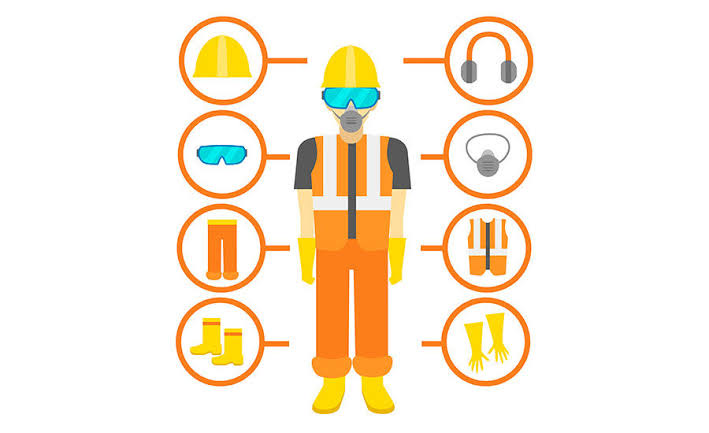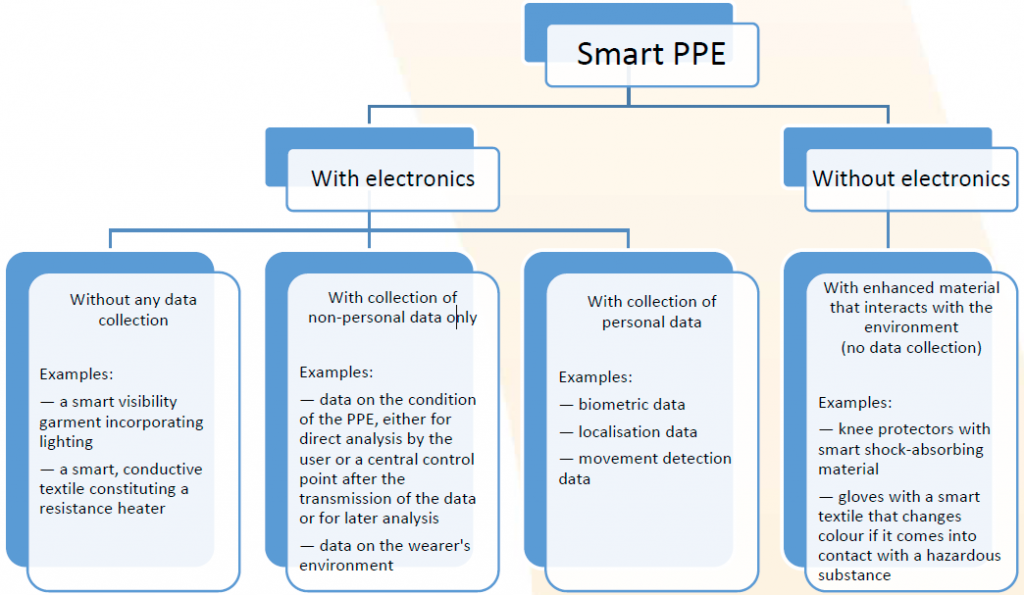Smart personal protective equipment (PPE) is fast-developing and becoming more and more common, so how can you fully exploit its potential?

Smart PPE – PPE that promises a higher level of protection and more comfort through the use of enhanced materials or electronic components – has been on display at trade fairs and in use for some time. Nevertheless, it is advisable to view the market with a fair degree of scepticism. Although some good products do already exist, smart PPE is evolving quickly, and users must be sure to keep on top of the technology if they are to enjoy the benefits of smart PPE.
What is smart PPE?
PPE, such as safety shoes, ear plugs and protective eyewear, has always been important in protecting the wearer from one or many occupational safety and health (OSH) risks. More and more often, one sees descriptions such as ‘intelligent’ or ‘smart’ applied to PPE. In most cases, the ‘smart’ part of smart PPE is electronics. In this case, smart PPE combines traditional PPE (e.g.a protective garment) with electronics, and the electronic components increase the level of protection provided by the equipment.
Smart PPE can also be made with ‘enhanced materials’. Enhanced materials have new properties: knee protectors, for instance, are often inflexible and hinder normal movements; however, smart shock-absorbing material can be soft and flexible, allowing normal movement. When protection is needed, in the event of a shock, the smart material’s properties change, and the shock-absorbing effect is revealed.
Proposed classification system for smart PPE
Learning electronics
While all of these technological developments sound very promising for the future of PPE, the situation is also very complex. To ensure that smart PPE actually leads to a higher level of protection, all parties involved have some hard work to do on the latest developments in this new sector.
The importance of electronics in PPE technology is a relatively recent development. As a consequence, PPE manufacturers must learn electronics.
Designing smart PPE is not as simple as adding electronics to existing protective gear. An entire new product must be designed, manufactured, and tested.
Challenges related to users
Users must also adapt to the new capabilities of smart PPE. Because of this, it’s important that they are informed users – users who are fully informed about the mode and operation of smart PPE, as well as the limits of the smart elements. Recommendations on operation, use, cleaning, and maintenance are also required.
Manufacturers should provide this information, and the information must be provided to the user on the purchase of the product. As usual, users should use the smart PPE according to the manufacturers specifications.
For future PPE, it would be an advantage if users gave feedback on their experiences – in particular any suggestions for improvement they may have – to the manufacturers.
Future users’ expectations
Good PPE is PPE that is used! It follows that smart PPE has to be accepted by the user. Otherwise, the probability that it will not be worn is high, and protection will be removed instead of enhanced.
Manufacturers as well as purchasers should have a good understanding of what future users really need and in particular which kinds of smart functions will be accepted.





